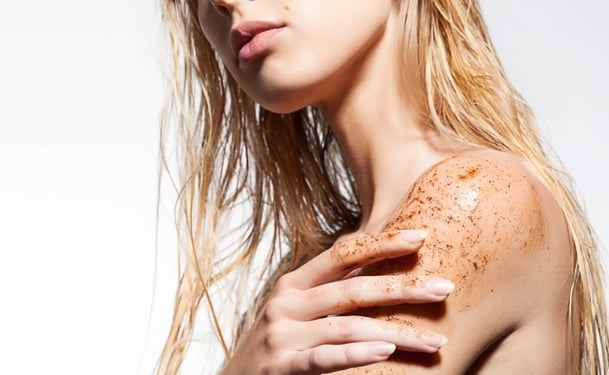Ingrown hair can occur in men and women alike, typically after a hair removal procedure. The hair follicle may get blocked by dead skin cells, proteins or even skin products, leading to ingrown hair. People with curly hair are more likely to have ingrown hair. Ingrown hair can be treated with a few procedures.
Frequent Exfoliation
Frequent exfoliation can remove the dead skin cells and the hardened proteins that can clog the hair follicle and lead to ingrown hairs. There are numerous exfoliation products on the market, and you should choose a product that is suitable for your skin. There are creams, solutions, gels or different abrasive cloths or sponges you may use.
Use the product and make sure it doesn’t cause dry skin or irritation. Natural products containing oatmeal extracts can be a good option that is very unlikely to cause irritation. Don’t exfoliate more often than twice per week, as this can damage your skin in the long run. If you have broken skin or different wounds, you should avoid exfoliating until the skin is healthy.
It may also help to exfoliate before you remove hair, as the exfoliation will clear the pores and will make the skin softer, reducing the chances of ingrown hairs.
Laser Hair Removal Procedure
A laser hair removal procedure should be considered to eliminate the hair. This procedure is permanent, so the hair will no longer grow. Consequently, there will be no ingrown hair. The laser hair removal procedure may be applied on the face or various areas of the body where you may require shaving. The full treatment involves several sessions, depending on how strong the hairs are and on the size of the area treated.
Beta Hydroxy Acid Solutions
Applying beta hydroxy acid solutions, such as salicylic acid (present in aspirin), can reduce the occurrence of ingrown hairs, as the solutions will clean the hair follicles and prevent the accumulation of dead skin cells. Apply such a solution on the skin twice per week.
Plucking of the Hairs
The ingrown hairs may be plucked out from under the skin with a pair of tweezers or a needle. However, before attempting to pluck out the hair, you need to disinfect the tweezers or the needle with rubbing alcohol, so that you make sure you prevent infections. Lift each hair using the needle, and pluck it out using the tweezers.
After removing the hairs, you should also apply an antiseptic solution on your skin, to keep the area clean and infection free.
Talk to a Dermatologist
If you have ingrown hairs and you notice bumps or pustules that are filled with pus, this means that your have an infection and you require treatment. Should you notice an infection, you should avoid trying to pluck out the hairs yourself or exfoliating, as you may make things worse.
A dermatologist will be able to treat the infection and recommend a solution.



